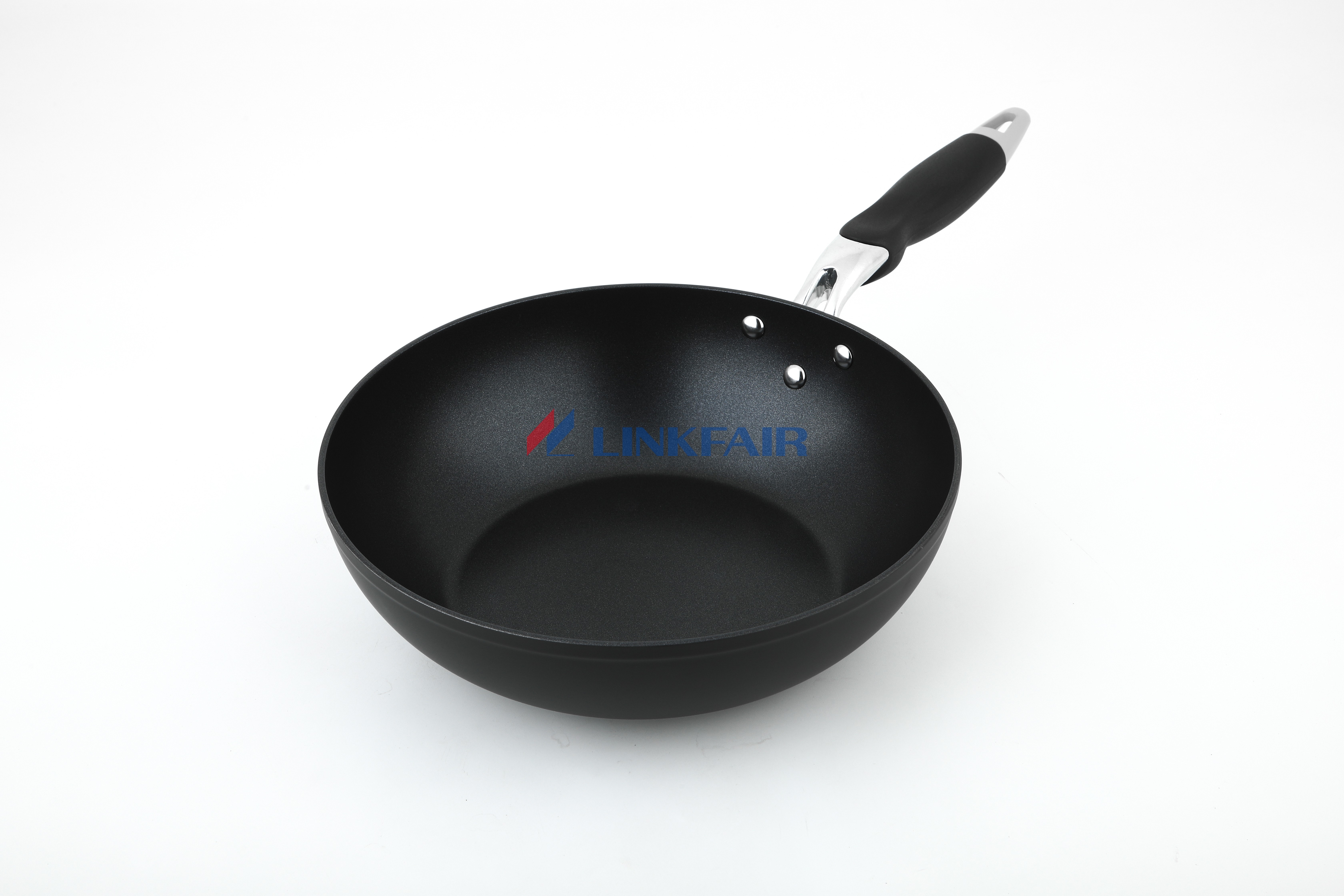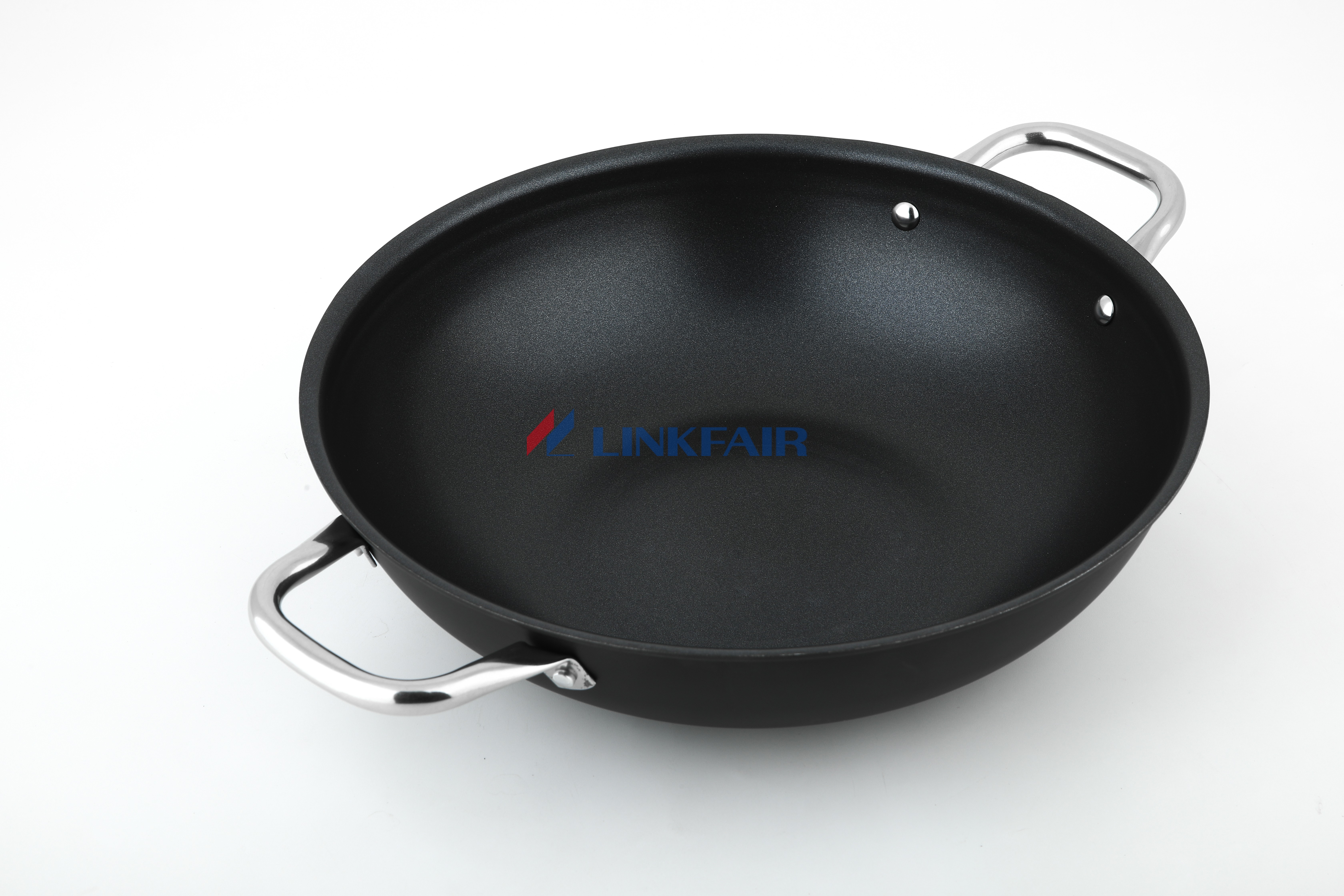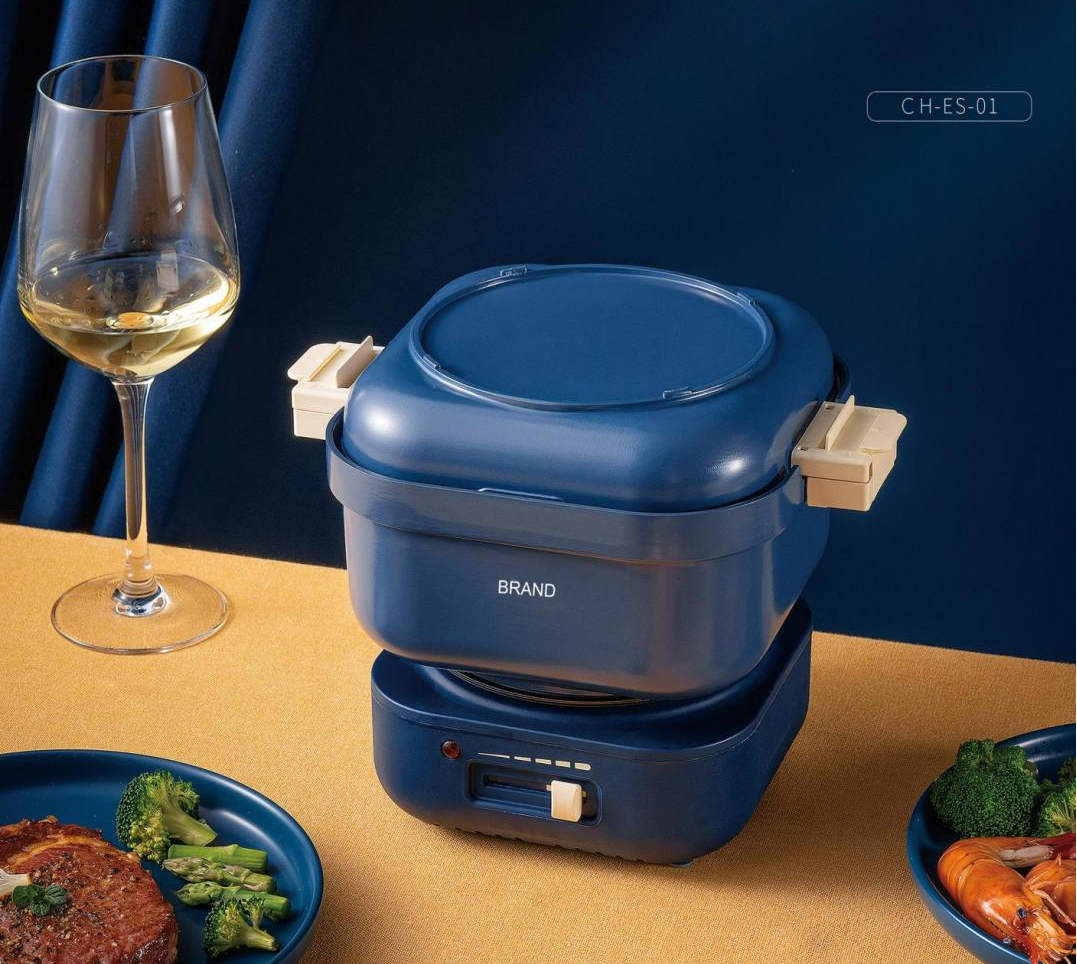In the rich tapestry of culinary tools, the wok stands as a timeless emblem of versatile cooking. This concave wonder has evolved over centuries, and in the modern kitchen, the non-stick wok has emerged as a game-changer. Let's embark on a journey through the sizzling landscapes of this essential cookware, exploring its history and the technological marvel that is non-stick coating.
Advantages of Using a Non-Stick Wok
Enhanced Cooking Efficiency
The marriage of a traditional wok's shape with non-stick technology ensures an unparalleled cooking experience. Heat distribution becomes a symphony, as the non-stick surface
allows for swift and even cooking, minimizing the risk of hotspots that can sabotage your culinary masterpiece. Efficiency in the kitchen becomes an art form, with ingredients gliding effortlessly across the surface.
Health Benefits and Reduced Oil Usage
For the health-conscious epicurean, the non-stick wok becomes a stalwart companion. Its slick surface necessitates minimal oil, presenting
a healthier alternative to conventional cooking methods. This reduction in oil usage not only caters to dietary concerns but also accentuates the natural flavors of your ingredients, allowing your culinary prowess to shine.
Easy Cleaning and Maintenance
The aftermath of a culinary escapade is often a daunting cleanup, but the non-stick wok defies this stereotype. Its
smooth surface repels stubborn residues, rendering cleaning a breeze. Bid farewell to the laborious scrubbing associated with traditional cookware, as the non-stick wok emerges pristine and ready for your next gastronomic venture.
Choosing the Right Non-Stick Wok
Material Matters: Exploring Options
As you embark on the quest for the perfect non-stick wok, material considerations take center stage. Various metals and alloys contribute to the construction of these culinary workhorses,
each with its unique attributes. Stainless steel, carbon steel, and aluminum alloy woks populate the market, each offering distinct advantages in terms of durability, heat conductivity, and weight.
Understanding Coating Types
Delving deeper, the type of non-stick coating becomes a crucial factor. Teflon, ceramic, and silicone coatings are prevalent choices, each presenting
a balance between non-stick properties and longevity. Understanding the nuances of these coatings empowers you to make an informed decision, aligning the wok's characteristics with your culinary ambitions.
Evaluating Size and Shape for Culinary Needs
The dimensions of your non-stick wok wield considerable influence over your culinary endeavors. A larger wok facilitates batch cooking, ideal for entertaining guests, while a smaller, more intimate size suits daily family meals. Additionally, the shape of the wok—whether round-bottomed or flat-bottomed—
alters its stability on various stovetops, adding another layer of consideration to your selection process.
Optimal Cooking Techniques with a Non-Stick Wok
Stir-Frying Mastery
At the heart of the non-stick wok's prowess lies the art of stir-frying. The slick surface, coupled with the wok's ergonomic design, enables ingredients to dance gracefully, resulting in dishes that
burst with flavor and texture. Mastering the technique of stir-frying involves understanding the interplay of heat, motion, and timing—a culinary ballet that transforms your kitchen into a stage for gastronomic creativity.
Searing and Flash Cooking
Beyond stir-frying, the non-stick wok excels in searing and flash cooking. The high, even heat it provides is a boon for achieving the perfect sear on meats and vegetables. The rapid cooking times associated with flash cooking not only preserve the vibrancy of colors but also
retain the nutritional integrity of your ingredients, ensuring a delightful and health-conscious dining experience.
Balancing Heat and Texture
Precision in heat management distinguishes the adept chef wielding a non-stick wok. The responsive nature of the wok to temperature adjustments
allows for nuanced control over the texture of your dishes. Whether aiming for a crispy exterior or a tender bite, the non-stick wok empowers you to achieve culinary perfection through the delicate dance of heat and time.
Maintaining the Longevity of Your Non-Stick Wok
Proper Cleaning Practices
Preserving the longevity of your culinary companion requires adherence to proper cleaning practices. Mild detergents, soft sponges, and avoiding abrasive tools become your allies in the quest to
maintain the pristine non-stick surface. A gentle touch during cleaning ensures that your non-stick wok remains a reliable accomplice in your culinary exploits.
Storage Tips to Prevent Wear
Even in repose, your non-stick wok demands careful consideration. Stacking cookware with mindfulness and employing protective layers
prevent scratches and wear on the non-stick surface. By offering your wok a sanctuary in your kitchen, you extend its lifespan, ensuring that it remains an indispensable tool for years to come.
Recognizing Signs of Wear and Replacement
Vigilance is key in
recognizing the subtle signs of wear on your non-stick wok. The emergence of scratches, flaking, or a diminishing non-stick quality signals the need for replacement. Embracing the inevitability of wear ensures that you continue to enjoy the benefits of a reliable non-stick wok in your culinary endeavors.
Conclusion
The non-stick wok transcends its utilitarian role, emerging as a canvas for culinary artistry. From the selection process to mastering cooking techniques and diligent maintenance, your journey with a non-stick wok unveils a world of possibilities, transforming ordinary meals into extraordinary culinary delights.









Leave a comment